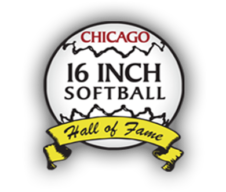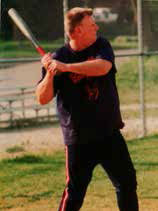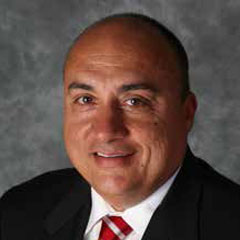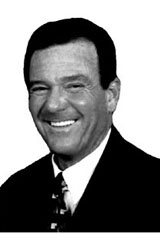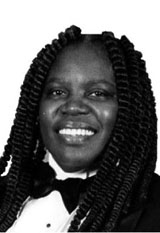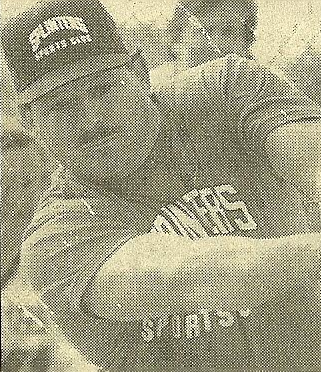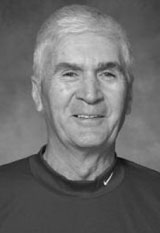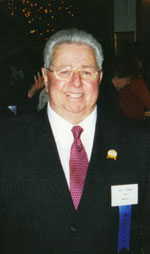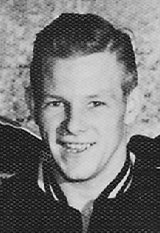Patrick O’Connor
Growing up in Chicago, Patrick O’Connor learned the game of 16″ softball in the schoolyards and parks of the city. He played in many Chicago Park District tournaments with a number of different teams during his school years. Since 1983, Alderman O’Connor has hosted his annual softball tournament to help keep alive the rich tradition […]
